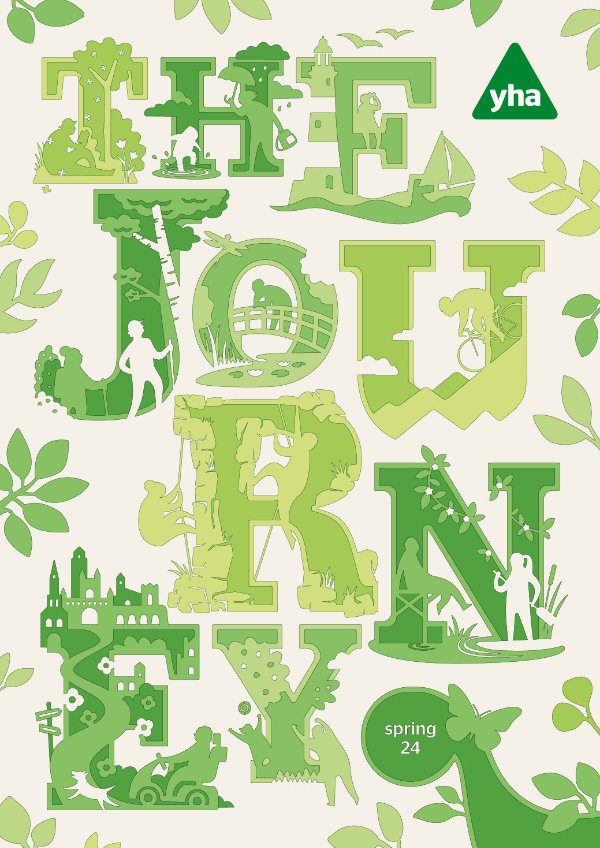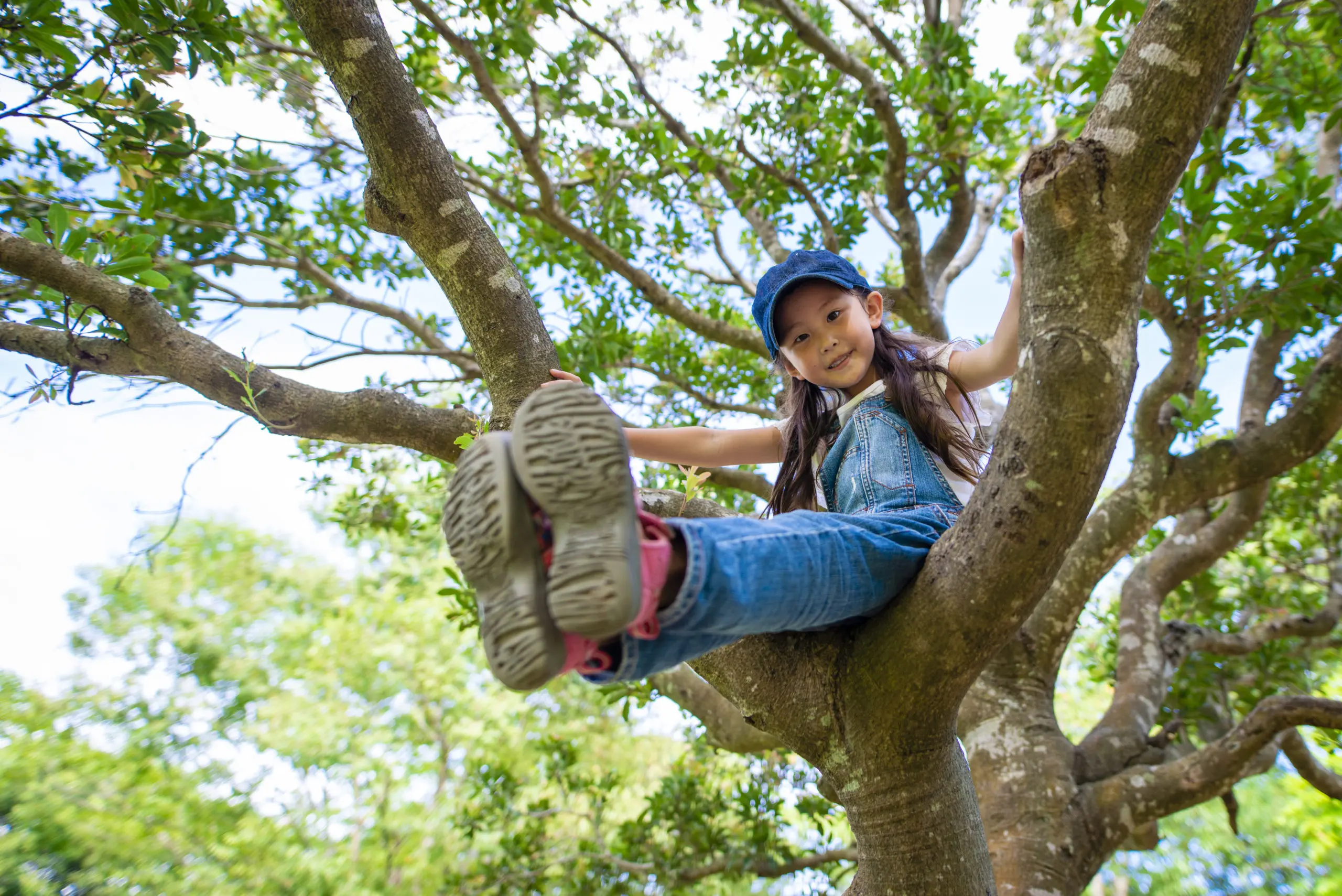Ever been frustrated by whether you’re looking at a beech or a birch? You just need to know what to look for. This quick guide to tree identification – from Louise Hackett, Treescape Development Lead at the Woodland Trust – will give you a few basic hints and tips.
The UK has at least 50 species of native trees and shrubs, and many more species of introduced non-native trees. At the Woodland Trust we have a free ‘Tree ID – British Trees’ app with an A-Z guide of trees, and a way to identify them by feature. Here are the key features that can give clues as to what species it is.
Overall appearance, size and shape
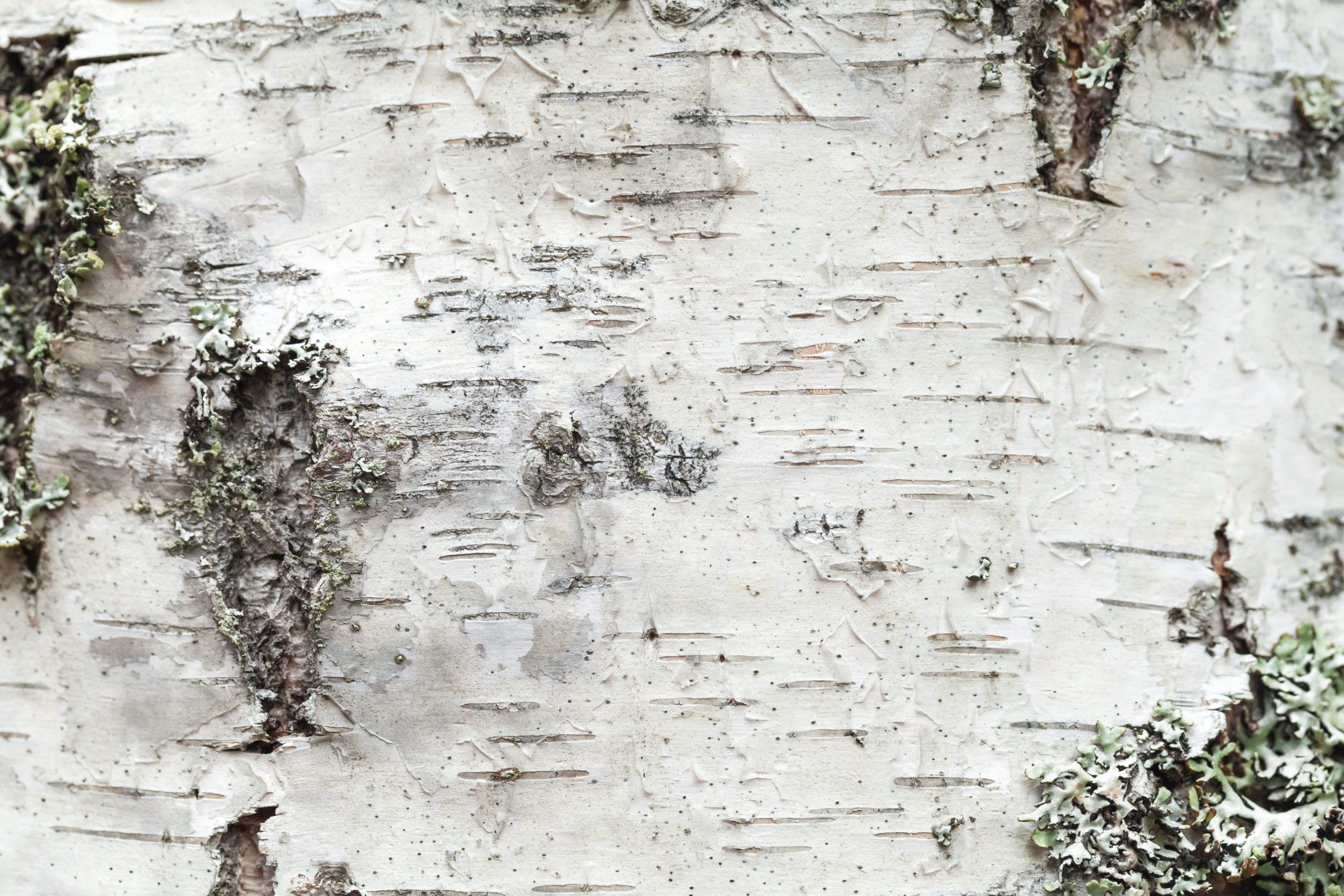
Some trees have a distinctive look that can be used to identify them, especially from a distance. Compare a silver birch, with its narrow shape and light and airy crown, to the broadly spreading crown of an oak.
Overall shape is also useful when identifying conifers. The layers of horizontally spreading branches of a mature cedar of Lebanon contrast with the sparsely branched Scots pine or densely bushy yew.
Look for signs of management which can affect the shape. Trees like hazel, hornbeam, beech and willow may have been coppiced or pollarded which can create a tree with many stems, rather than a tall, single trunk.
Bark
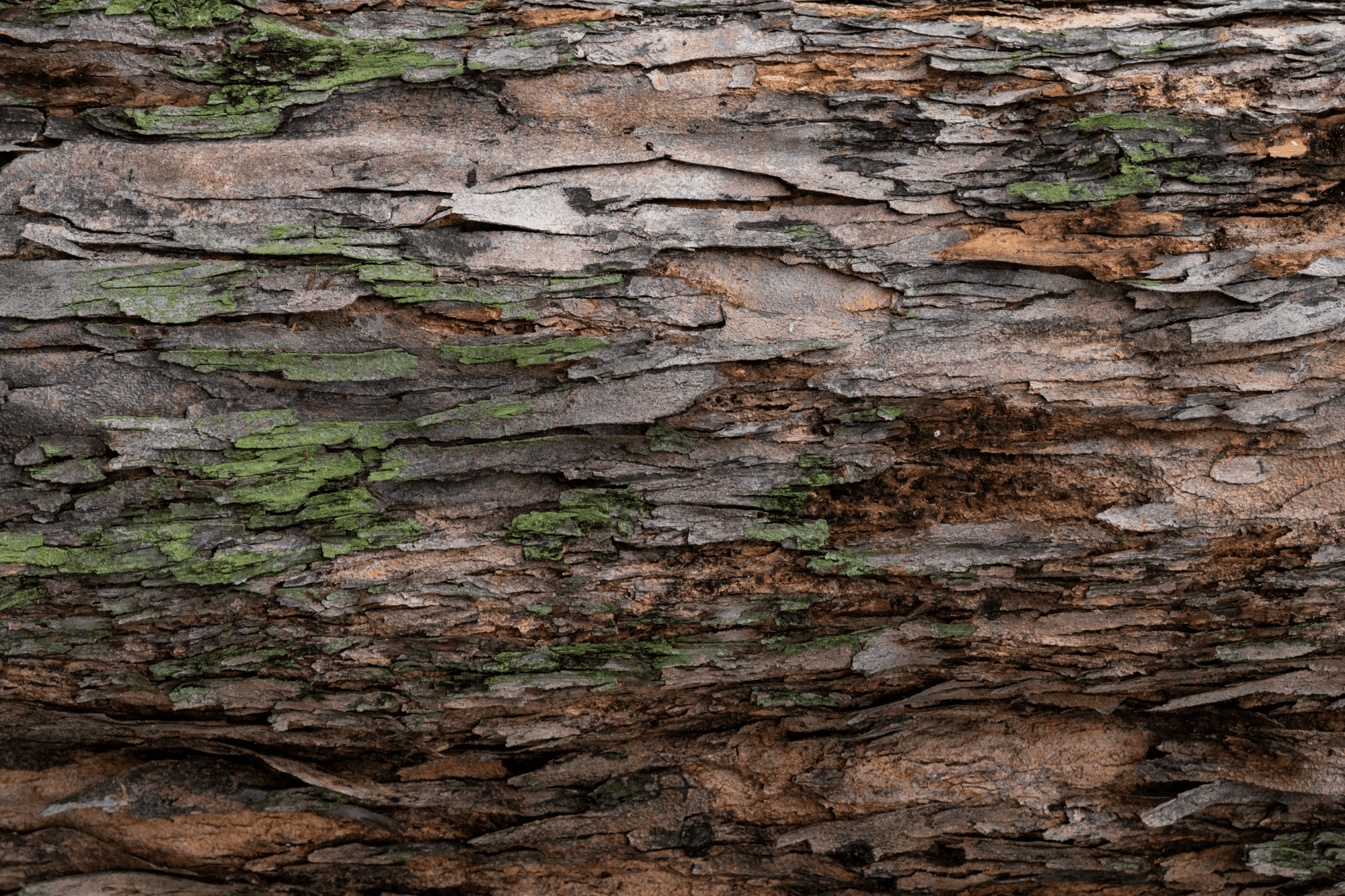
Take a closer look at the appearance, texture, markings and colour of the bark. All these can help to identify which tree you’re looking at. Does it have a pattern of ridges or depressions, peeling flakes, or is it fissured, smooth or shiny? Is it grey, white, red or green? Remember that bark develops over time as a tree ages.
Leaves and needles

Leaf type, shape, appearance, texture and colour are all key characteristics when identifying trees. They are also often the most obvious feature, particularly in spring and summer. The needles and scales of conifers are also considered types of leaves.
Flowers
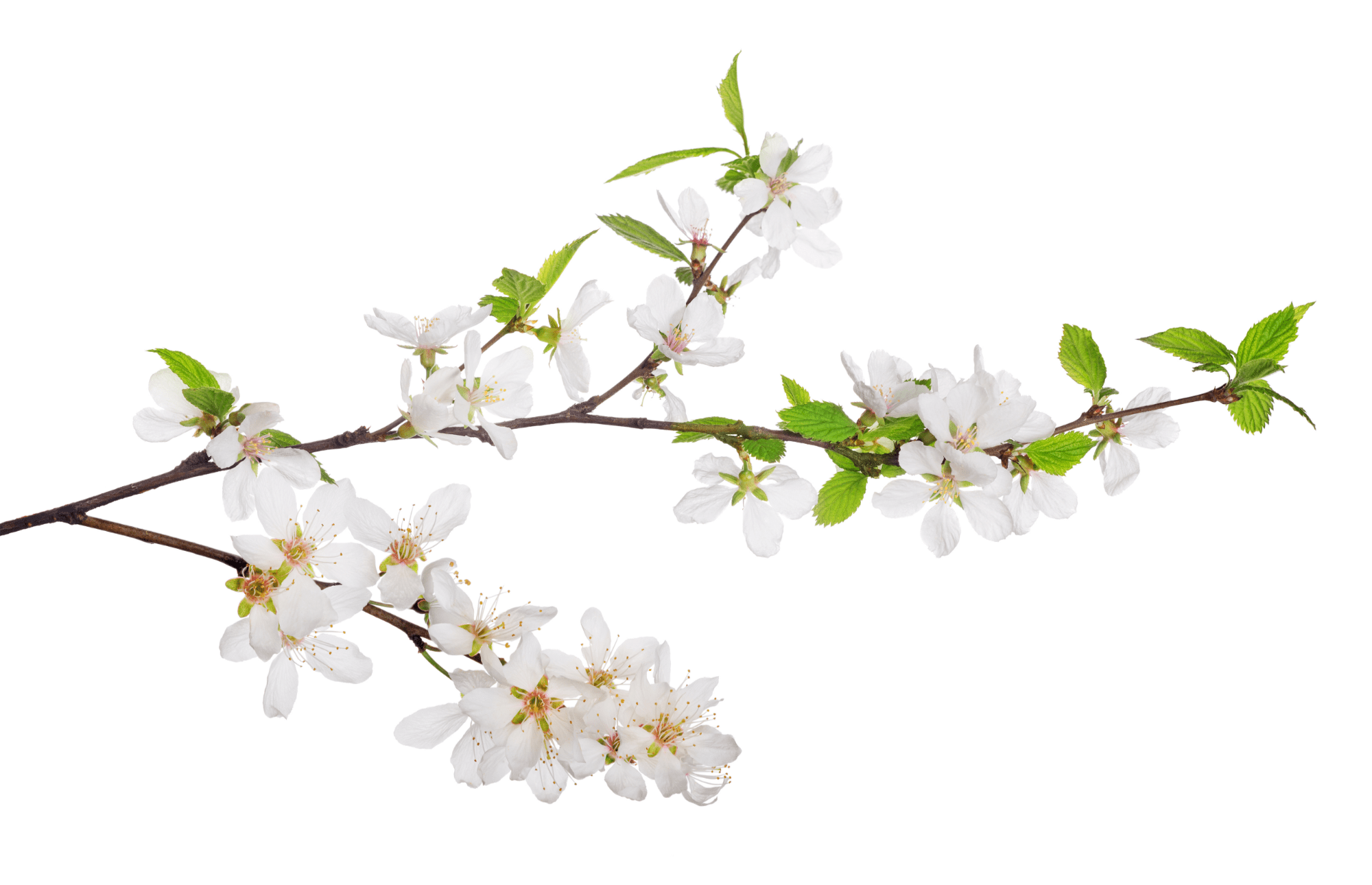
Many trees only bloom at a particular time during the year but if you can see flowers, usually in the spring, it can be helpful with tree identification.
Fruits and seeds
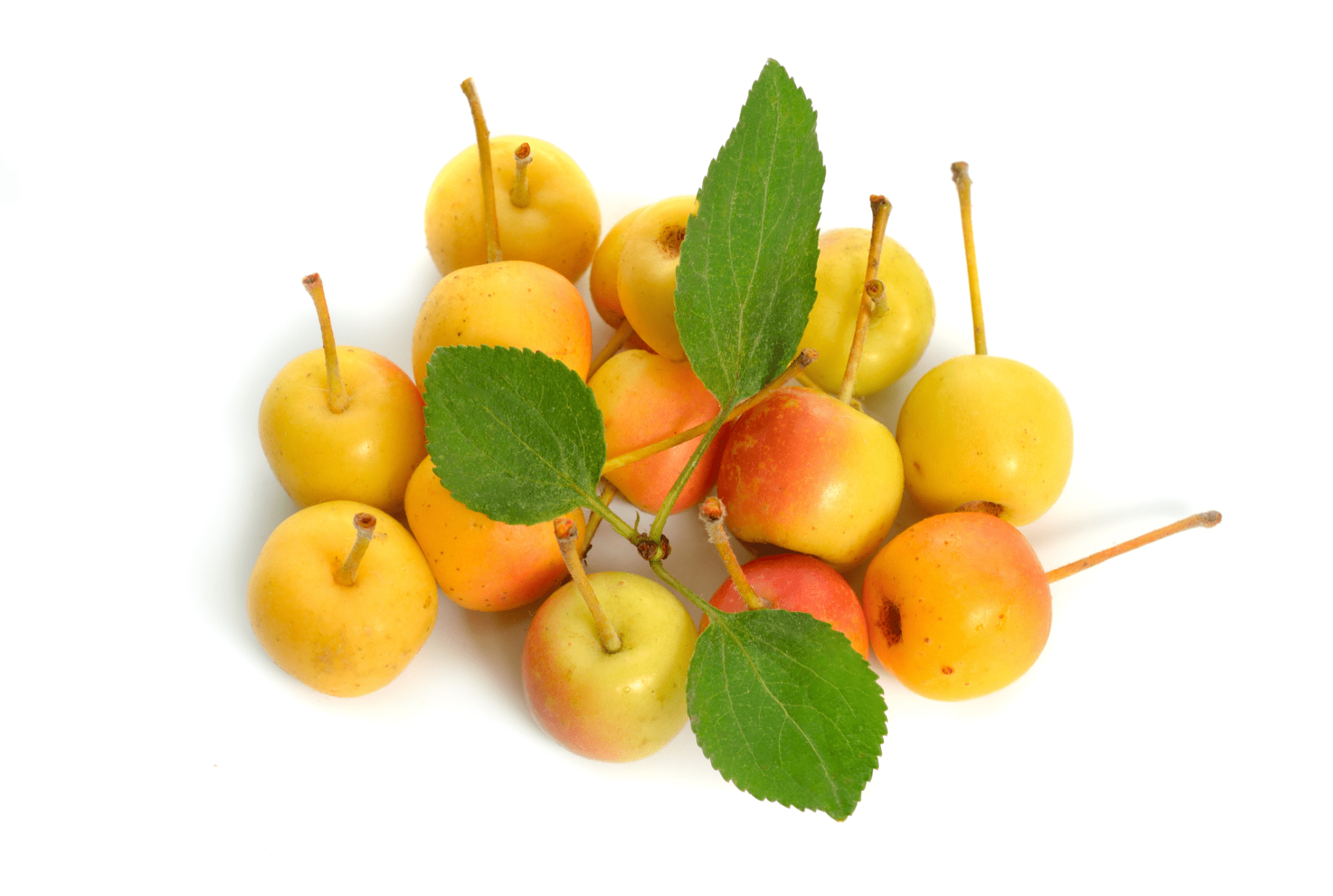
At the right time of year, fruits and seeds are great characteristics to help with identification. They vary in shape, appearance and size from hard nuts to soft berries. Look at the colour and feel the texture of the outer surface of the fruit. Is it smooth, hairy, prickly, rough or papery, soft, hard or dry?
Consider opening fruits up to reveal the seeds inside, which can also be a useful identifying feature. Take note of whether fruits or seeds appear singly, such as crab apples, or in groups like the umbrella-like clusters of elderberries.
Leaf buds

In winter you’ll find that there aren’t many features to help with the identification of deciduous trees, but leaf buds can reveal some distinctive clues.
Twigs

Look at the texture of the twigs and whether they are smooth or hairy. Spines could indicate you’re looking at hawthorn or blackthorn, and if it has corky ribs you maybe looking at alder.
The Woodland Trust’s free ‘Tree ID – British Trees’ app is available on Android and iOS. Download it now and brush up your identifying skills.
